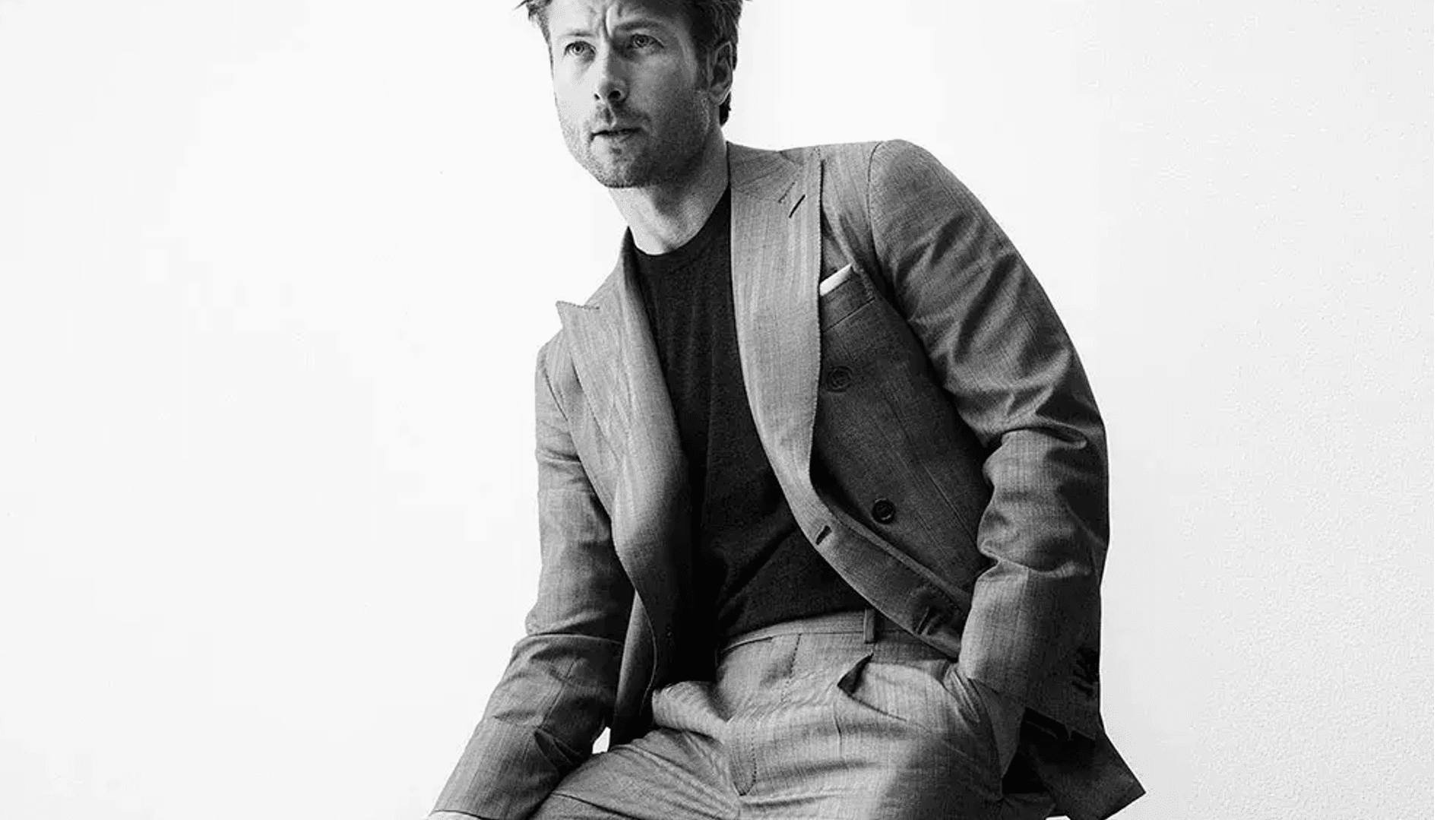06.05.2024
Mastering the elite look: Style, posture, and lifestyle for the modern gentleman
Discover the key elements of the elite look for men, from physique and posture to impeccable fashion choices, refined manners, and cultural sophistication.

Article contribution by Karol Gabriel Thornton-Remiszewski
Glen Powell/ Brioni

